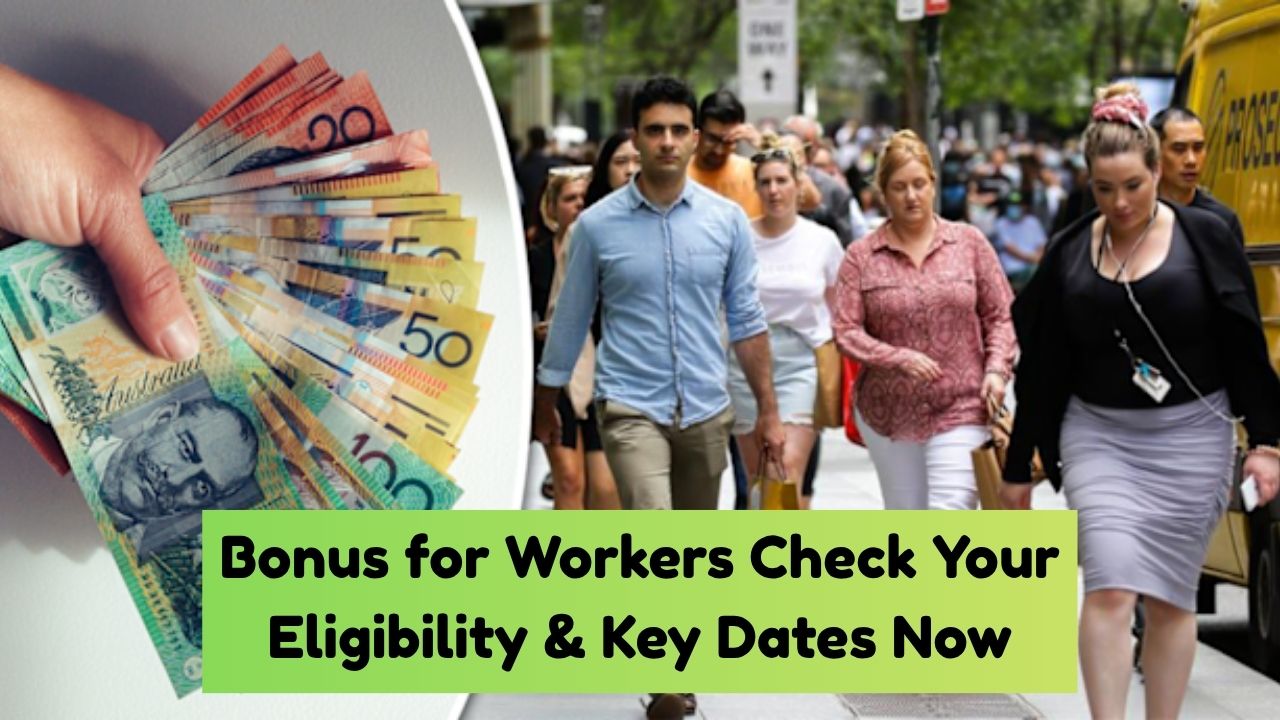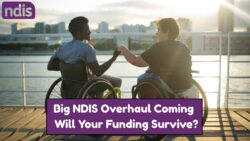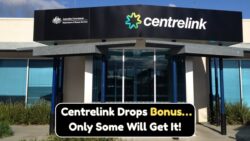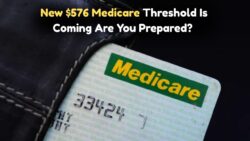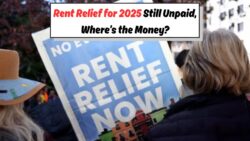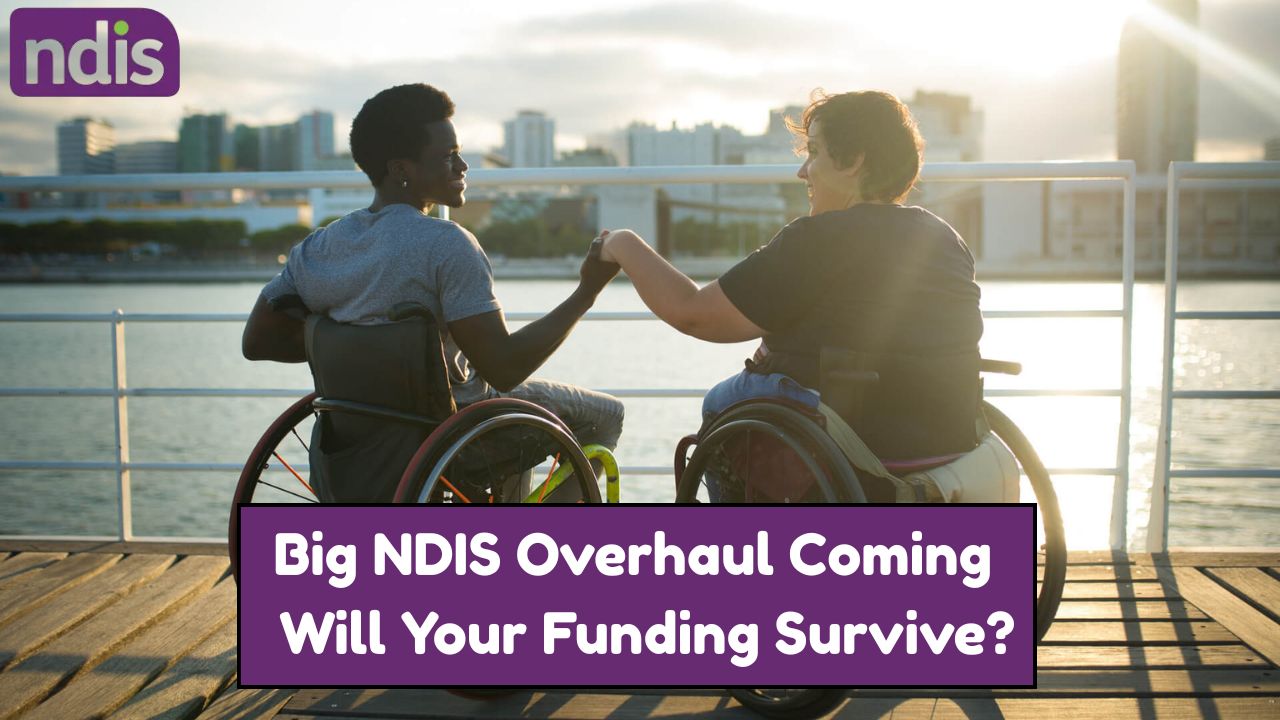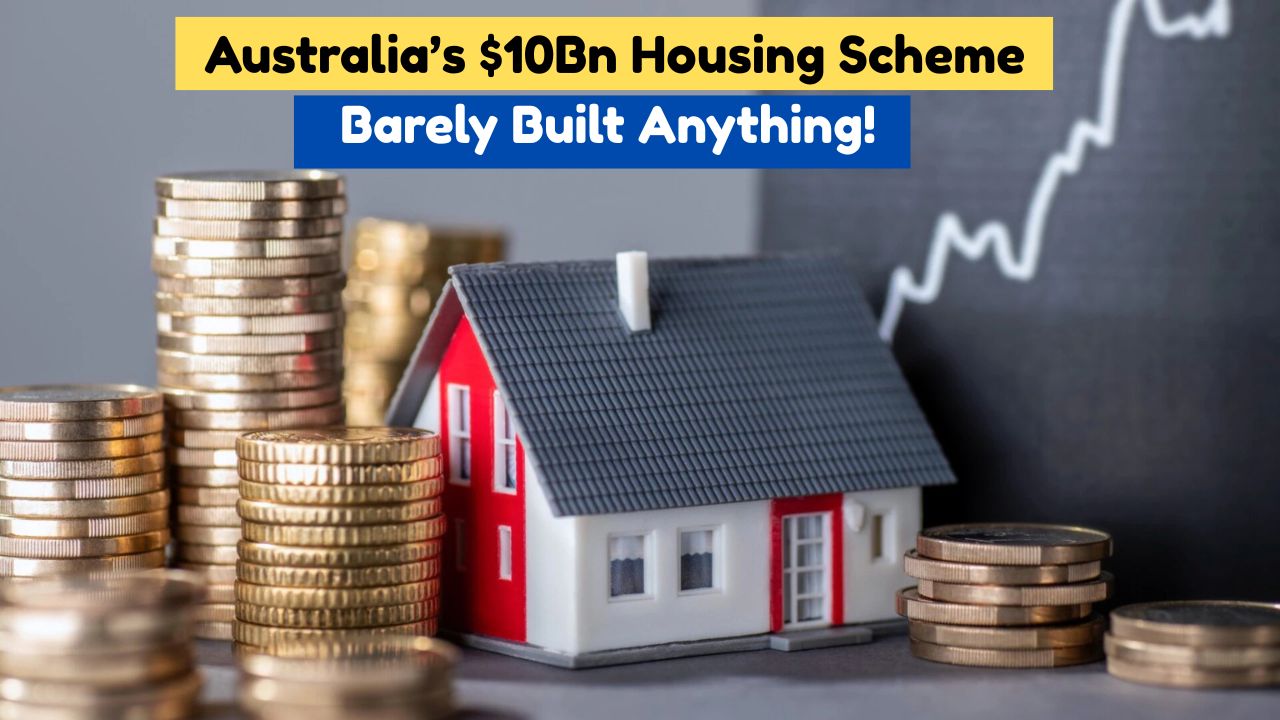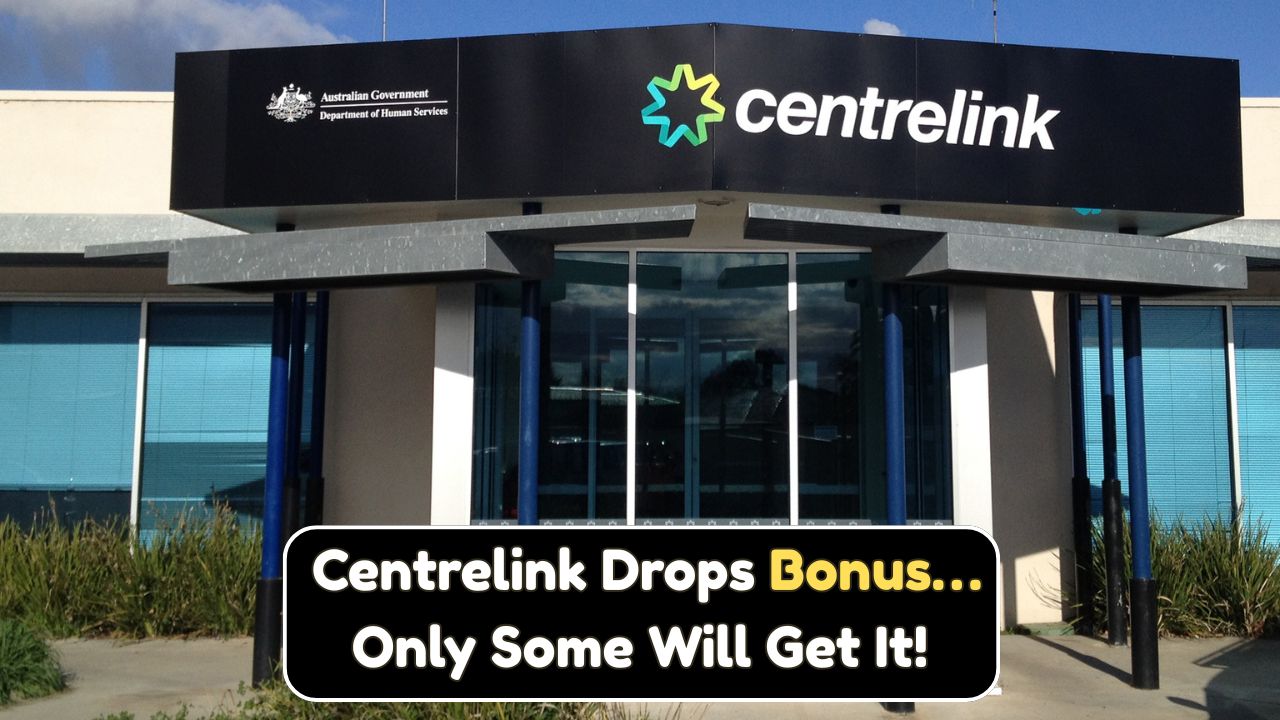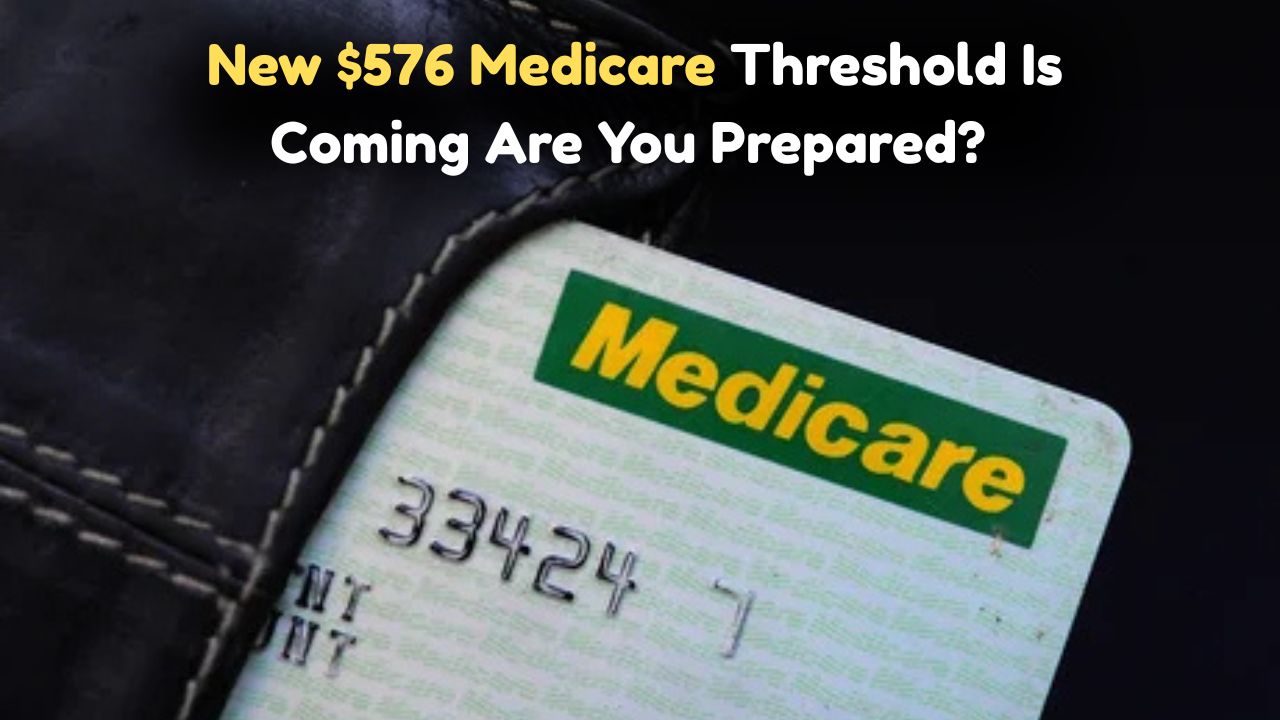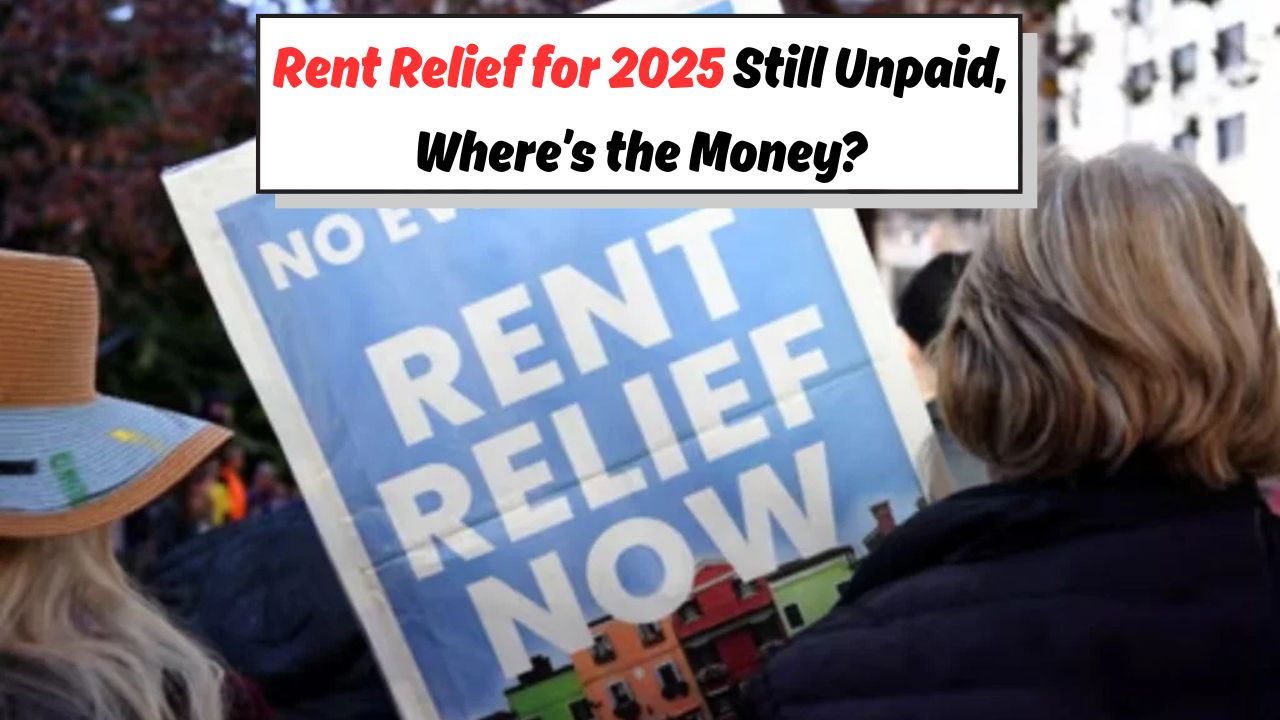$566 Workers Top-Up – In a significant move to ease financial pressure on struggling Australian households, the federal government has officially confirmed the rollout of a $566 Workers Top-Up Payment in 2025. Aimed specifically at low-income earners and casual workers, this one-time financial boost is part of the broader cost-of-living relief strategy outlined in Budget 2025. As inflation remains high and wage growth continues to lag, many Australians are eagerly looking to this supplement as a much-needed financial cushion. The $566 top-up payment, which will be distributed through Centrelink, is not automatic for everyone—it targets specific categories of workers meeting strict income thresholds. With over 2.3 million workers expected to benefit, the program is designed to provide financial breathing room just before the end-of-year holiday season, when expenses are typically at their peak. The support is particularly targeted at those who fall outside the bracket of regular government welfare recipients, offering them targeted relief for ongoing essentials such as rent, groceries, transport, and energy bills. This article will break down everything you need to know about the $566 Workers Top-Up Payment—who qualifies, how to apply, key deadlines, and how it aligns with broader welfare reforms currently being discussed across the country. Whether you’re a part-time retail assistant, a seasonal worker, or someone juggling multiple gigs, this guide will ensure you’re fully informed and ready to claim what you may be owed.
Who Is Eligible for the $566 Workers Top-Up?
The top-up payment is available only to specific categories of low-income Australians who meet income and work status criteria. It is not a universal benefit and will require meeting strict eligibility benchmarks.
- Must be a resident of Australia
- Age 18 or above
- Annual income must be below $45,000 (before tax)
- Working part-time, casual, or underemployed
- Not receiving full-time Centrelink income support
- Tax file number (TFN) and identity verification required
- Must have earned at least $3,000 in the 2024-25 financial year
Income Thresholds and Work Categories
Eligibility also depends on your job category and declared taxable income in the current financial year. The table below outlines the categories covered under this program.
| Worker Category | Weekly Hours Worked | Maximum Annual Income | Eligible for Top-Up |
|---|---|---|---|
| Part-time retail staff | 10–25 hours | Up to $35,000 | Yes |
| Aged care assistants | 15–30 hours | Up to $40,000 | Yes |
| Hospitality workers | 12–20 hours | Up to $36,000 | Yes |
| Casual warehouse staff | 8–16 hours | Up to $33,000 | Yes |
| Gig economy workers | Varies | Up to $45,000 | Yes (if declared) |
| University students | Part-time | Under $18,000 | Yes |
| Contract cleaners | 10–20 hours | Up to $38,000 | Yes |
| Regional temp workers | Seasonal | Up to $30,000 | Yes |
When Will the $566 Workers Top-Up Payment Be Distributed?
The government has confirmed that the payments will begin in October 2025, with most eligible recipients receiving funds by November 15, 2025. The rollout will follow a tiered schedule based on state and income bracket.
- October 10 – Regional NSW and VIC
- October 15 – Queensland and WA
- October 20 – SA and Tasmania
- October 25 – ACT and Northern Territory
- November 1–15 – Overflow and special cases
Processing Timeline for Applications
Applicants who are required to submit verification or income documentation will follow a strict processing path through Centrelink. Here’s what you can expect:
| Application Status | Action Required | Processing Time | Payment Date (Est.) |
|---|---|---|---|
| Auto-qualified via ATO | No action needed | Instant | Oct 10–Nov 1, 2025 |
| Manual verification | Upload docs via myGov | 5–10 business days | Nov 5–15, 2025 |
| Disputed cases | Manual review required | 15+ business days | Post-November 15, 2025 |
| Incomplete applications | Correction needed | Delayed | TBD |
How to Apply for the Workers Top-Up
Not all recipients need to apply. Some will be pre-qualified via ATO records. Others must manually submit an application through Centrelink’s myGov portal.
- Check your income status in your myGov account
- If not pre-qualified, start a manual application
- Upload payslips or ABN earning summaries
- Link your bank account for direct deposit
- Confirm tax file number and ID documents
- Submit by October 31, 2025
Common Errors to Avoid During Application
Many applicants miss out due to small errors or missing documentation. Avoid these pitfalls to ensure faster approval:
- Incomplete or mismatched income details
- Failure to upload identity proof (driver’s license, Medicare card)
- Incorrect bank details
- Forgetting to click “Submit” after uploading documents
- Using outdated contact information
Other Cost-of-Living Payments Coming in 2025
In addition to the $566 top-up, several other benefits will be released throughout 2025 under the national relief framework.
| Payment Type | Amount | Eligibility Group | Scheduled Date |
|---|---|---|---|
| Energy Bill Relief Payment | $300 | Low-income households | July–September 2025 |
| Back-to-School Grant | $250 per child | Families with school-aged kids | January 2025 |
| Rent Assistance Boost | $480 | Tenants earning under $60K | August 2025 |
| Grocery Rebate | $978 | Pensioners, veterans | November 2025 |
| Disability Support Top-Up | $400 | DSP recipients | December 2025 |
| First Job Start Bonus | $600 | Youth under 25 | March 2025 |
| Senior Health Card Increase | $500 | Senior Health Card Holders | May 2025 |
How the Top-Up Differs From Other Grants
Unlike most government welfare boosts, the $566 top-up does not require you to be on JobSeeker, Youth Allowance, or the DSP. It specifically targets low-income earners who may be falling through the gaps in the current welfare net.
- Targets workers, not just welfare recipients
- Taxable but non-recurrent
- Meant to offset cost-of-living spikes before the holiday season
What to Do If You Don’t Qualify
If you miss the eligibility mark or don’t receive the $566 top-up, there are still several options available to help you manage rising costs.
- Apply for Emergency Relief through your local council
- Look into Rent Assistance if your weekly rent exceeds 35% of income
- Access low-interest Centrelink Advance Loans
- Use no-interest loan schemes (NILS) for essentials
- Contact non-profits like The Salvation Army and Anglicare for aid
Alternate Paths to Support for 2025
If you’re not eligible for the Workers Top-Up, these alternatives may still be open to you:
| Support Program | Eligibility | Max Benefit | How to Apply |
|---|---|---|---|
| NILS (Good Shepherd) | Low-income earners | Up to $2,000 | Apply via NILS.org.au |
| Centrelink Advance Payment | Existing Centrelink recipients | Varies | Through myGov |
| State Energy Rebates | Utility hardship cases | $250–$600 | Contact provider |
| Foodbank Programs | Open to public | Weekly groceries | Local depots |
What’s Next: Key Takeaways for Australians
The $566 Workers Top-Up is just one part of a broader movement toward targeted, flexible financial aid that supports Australians working under non-standard contracts. With gig economy growth and inflation driving new waves of income insecurity, this policy marks a shift in how relief is allocated—moving beyond the traditional welfare lens.
For now, the most important action is to verify your income and ensure your myGov and Centrelink accounts are fully updated. Missing the October 31 deadline could mean a lengthy delay or complete loss of payment.
This top-up payment represents a much-needed gesture of recognition and support for Australia’s low-income workforce. If you meet the criteria, don’t delay—review your documents and claim your payment before the window closes.
FAQs of $566 Workers Top-Up
1. Is the $566 payment taxable?
Yes, it is considered taxable income and may appear in your annual return.
2. Can I get the top-up if I’m receiving Youth Allowance?
No, recipients of full-time government income support are not eligible.
3. Will I need to repay the top-up?
No, this is a one-time support grant and does not need to be repaid.
4. I have more than one job—will that affect eligibility?
Only if your combined taxable income exceeds $45,000 annually.
5. When is the last day to apply?
All manual applications must be submitted by October 31, 2025.
